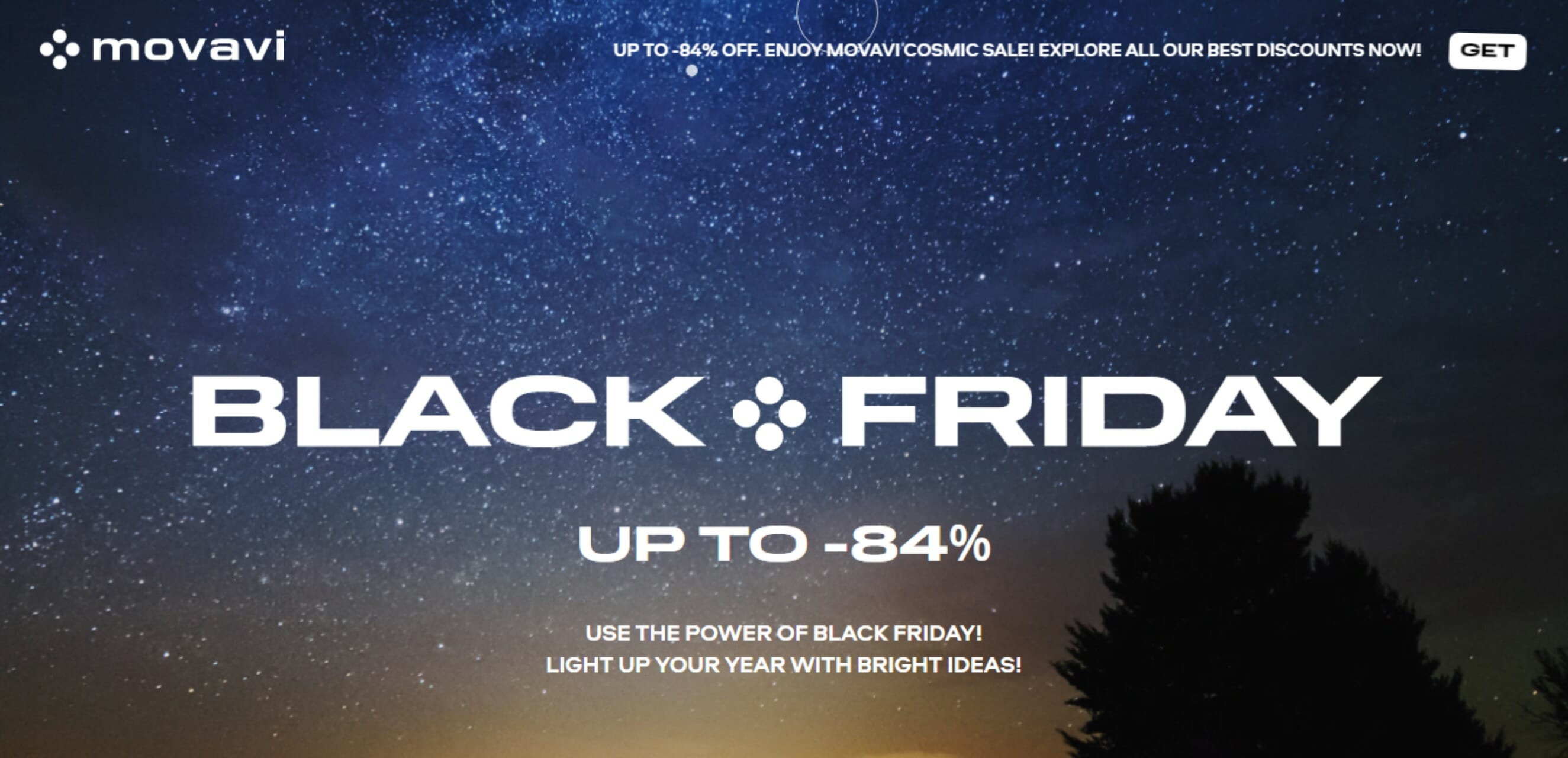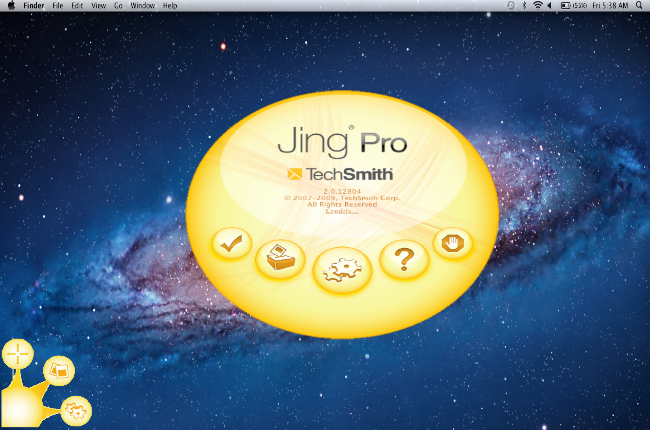

BEST ASTRONOMY SOFTWARE 2018 CODE
Releasing source code is important for transparency of the research, as the code is an integral part of the study and can reveal important information about the process that was carried out. Open development, in which the source is open by design, has also been becoming more common in astrophysics examples include the data management software stack of the Large Synoptic Survey Telescope (Jurić, 2015) and the popular AstroPy package (Astropy Collaboration et al., 2013). , 2013) which has been widely used by multiple unrelated projects. Some notable examples include SExtractor (Bertin & Arnouts, 1996), Montage (Berriman et al., 2015), and emcee (Foreman-Mackey et al. Unlike “traditional” methods of scientific communication such as peer-reviewed papers, and despite the clear need for common practices of making source code accessible to the scientific community, practices, guidelines, and requirements for making source code publicly available have not fully crystallized.Īlthough the requirement for making the source code open has not traditionally been a formal expectation in the field, numerous software tools have been released with Open Source Initiative1 (OSI) licenses, making substantial impact on the field. Therefore, source code has become an integral part of the research, and critical for allowing the understanding, replication, and re-usability of research results. Citations to ASCL entries by year.ĭue to the integration of information technology in astronomy research, computing has been becoming increasingly important, making software a pivotal part in the process of scientific conduct. Our work on and experience with the ASCL, as and with software authors, and with open and closed software informs our recommendations to NASA as it contemplates establishing an open code policy.įigure 1. The ASCL has worked to formalize source code sharing and citation practices in astrophysics (Teuben et al., 2014) and has consulted with other disciplines seeking to do the same. Figure 1 shows the number of citations to ASCL entries by year. The number of citations by ASCL ID has increased an average of 90% every year since 2013, and nearly 70 publications indexed by ADS have citations to the ASCL. ASCL entries are citable and citations to them are tracked by indexers, including ADS and Web of Science (WoS), thus providing one metric for the impact of research software and accruing credit for these codes to the scientists who write them. Started in 1999, the ASCL has been expanding in recent years, with an average of over 200 codes added each year, and now houses over 1,600 code entries.Ĭodes registered by the ASCL become discoverable not just through ASCL but also by commonly used services such as NASA’s Astrophysics Data System (ADS) and Google Scholar.

The Astrophysics Source Code Library (ASCL, ) is a successful initiative that advocates for open research software and provides an infrastructure for registering, discovering, sharing, and citing this software. We are members of the Astrophysics Source Code Library’s Advisory Committee and its editor-in-chief.

Our white paper can be downloaded here: ShamirLior Best Practices for a Future Open Code Policy: Experiences and Vision of the Astrophysics Source Code Library A white paper submitted to the National Academies of Sciences, Engineering, and Medicine’s Best Practices for a Future Open Code Policy for NASA Space Science Project Committee Lior Shamir,1 Bruce Berriman,2 Peter Teuben,3 Robert Nemiroff,4 and Alice Allen3 ,5 1 Lawrence Technological University 2 Caltech/IPAC-NExScIĤ Michigan Technological University 5 Astrophysics Source Code Library This week, I am posting a copy of white paper prepared by Shamir et al., in response to a call from the National Academies, who are sponsoring a Task Force on “Best Practices for a Future Open Code Policy for NASA Space Science.” Read more about the Task Force at, where you can click the link “Submitted White Papers” to see a list of the 47 papers submitted.


 0 kommentar(er)
0 kommentar(er)
